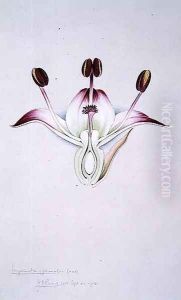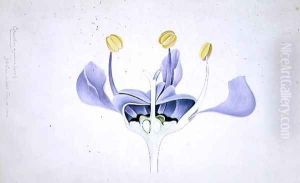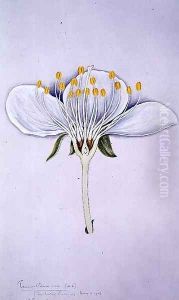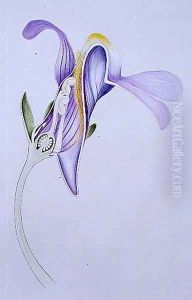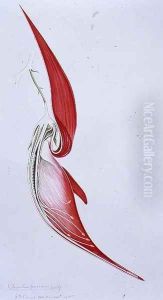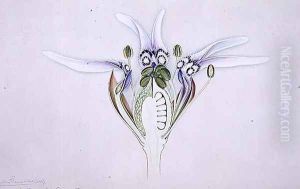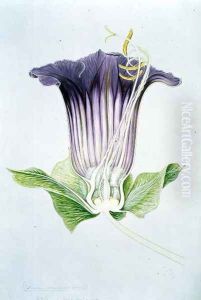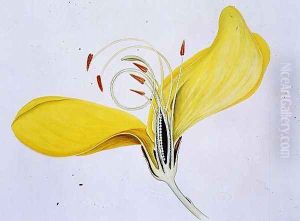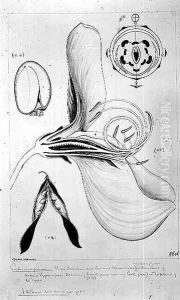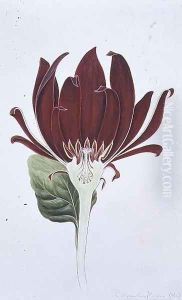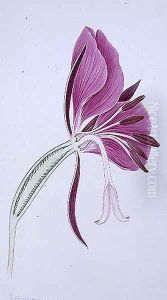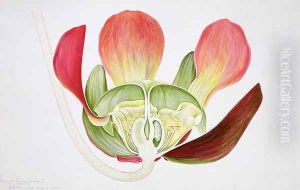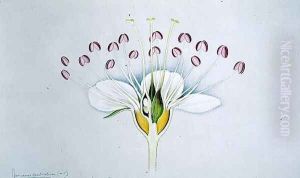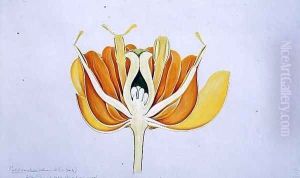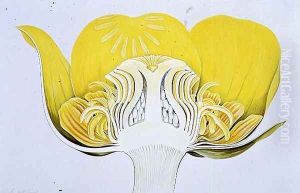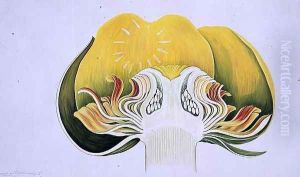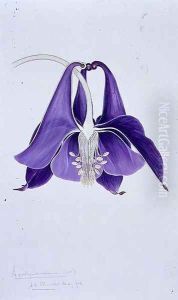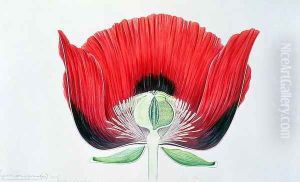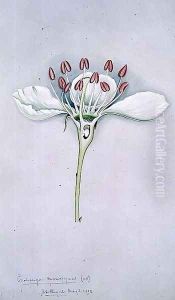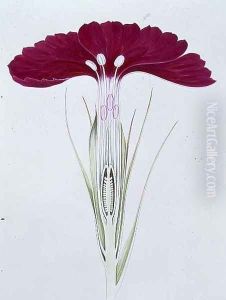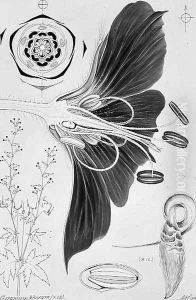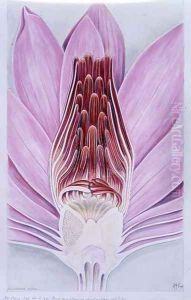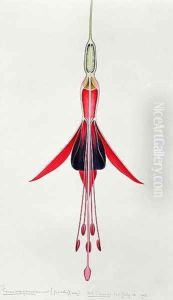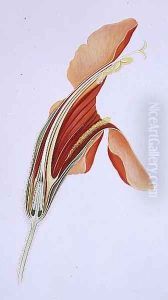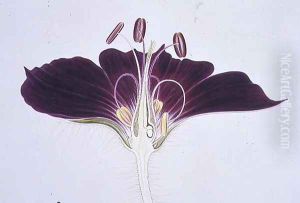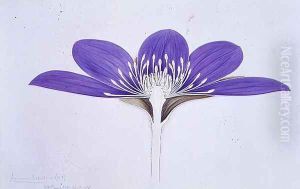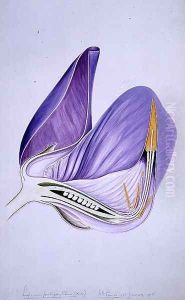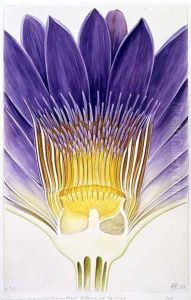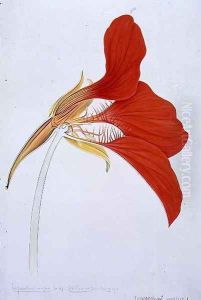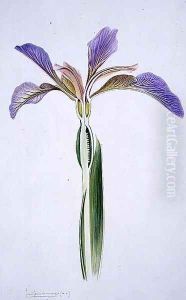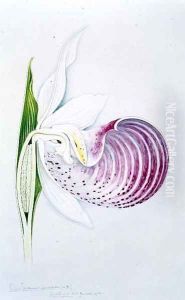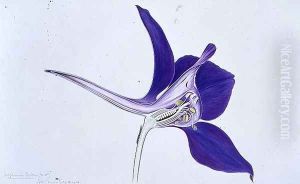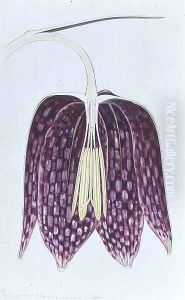Arthur Henry Church Paintings
Arthur Henry Church was an English chemist and artist, renowned for his work in the study of natural crystals and the microscopic structure of plants and flowers. Born on January 2, 1834, in London, Church was not only interested in the scientific aspect of nature but also its aesthetic qualities. He pursued his education at the Royal College of Chemistry and the Royal School of Mines, which equipped him with the knowledge and skills to combine art with science in his career.
Church's contributions to the field of chemistry included a focus on the analysis of pigments used in art, which led him to publish several papers on the chemistry of paints and dyes. This work was influential in the fields of art conservation and restoration, helping to understand the materials used by artists throughout history.
As an artist, Church was particularly skilled in botanical illustration, a field in which he was able to apply his scientific expertise to create detailed and accurate representations of plant life. His illustrations were highly regarded for their precise detail and beauty, which made them valuable for both scientific and artistic communities.
Throughout his life, Church also held several academic positions. He was a professor of chemistry at the Royal Academy of Arts in London and a lecturer at the Royal Agricultural College in Cirencester. In addition to his teaching roles, Church authored a number of books on botany and art, including 'The Chemistry of Paints and Painting' and 'English Porcelain.'
Arthur Henry Church passed away on April 27, 1915. His legacy endured through his contributions to the understanding of the intersection between art and science, and his works continue to be of interest to those studying the natural world and art conservation.
